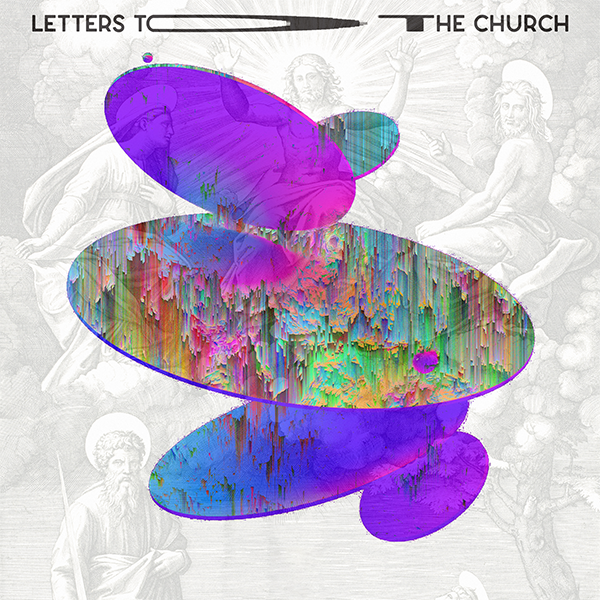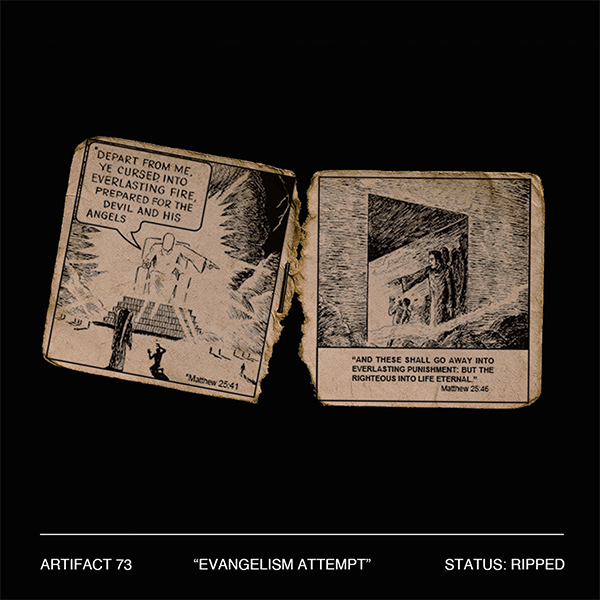The Sterility of the Empty Cross
If you walk into any Catholic church, you will see the anguished, bloody, broken body of Christ hanging from a cross for people to contemplate and grieve. Wander around any cathedral and you will discover provocative artwork hanging on the walls that depict the colorless, lifeless body of Jesus being peeled off the cross by the embrace of St. John and the women who had loved and been loved so deeply by Christ. Perhaps one of the unintended consequences of the historical schism between Catholics and Protestants has been a lost Christian practice of regularly gazing at the dying or dead body of Jesus. Much of American Christianity proclaims a Christ-less cross. While there are theological reasons for the empty cross, I wonder if our churches are ironically avoiding an invitation to behold the crucifixion of Jesus, distorting our capacity to see and love the suffering of the world.
For the truth is, an empty cross is not the same as an empty tomb. The empty tomb is a powerful reminder of the Resurrection. However, I wonder if the symbol of the empty cross has become far more about our sterilized gospel that struggles to look upon the horror of Christ’s broken body. It is easy to sanitize the cross by reducing the gospel to a simplistic salve to our guilty conscience, a way to quickly toss aside our regrets and feel better about our failures. The clean cross filled with beautiful Easter lilies invites a romanticized view of the Suffering Servant who died in anguish millennium ago, but for two thousand years since has reigned victorious. Again, while the victory of Chris over death is true, it is also true that in Christ’s resurrected state his disciples are able to identify him as Lord by placing their fingers in his open wounds (John 20:27). Revelation 5:6 describes a picture of Christ’s return, his visible appearance as “a Lamb, looking as if it had been slain.” These open wounds of a victorious, resurrected Christ present for the healing and redemption of the world are hardly as pristine as the clean, flower draped, Christ-less cross that dominates our present understanding.
An unintended consequence of the schism between Catholics and Protestants has been the lost Christian practice of regularly gazing at the dying body of Jesus. Much of American Christianity proclaims a Christ-less cross. (1/2) Share on X While there are theological reasons for the empty cross, I wonder if our churches are ironically avoiding an invitation to behold the crucifixion of Jesus, distorting our capacity to see and love the suffering of the world. (2/2) Share on XGrowing up Protestant, I remember being told that the crucifix that our Catholic friends and family wore around their necks was because they felt guilty for their sin. After all, we Protestants were the people of grace, and therefore our cross was empty. But as I’ve grown to deeply appreciate the icon of the crucifix, I wonder when we stopped recognizing the incredible grace offered to us in the image of Christ’s final hours. What is it that feels repulsive to some, terrifying to others, and yet attracted St. John, his mother, and other women as they wept in solidarity at the foot of the cross? Why did some hide in the night while others stayed and lifted his corpse off the cross, tenderly cleaning his wounds to prepare his body to be placed in the tomb?
Like the disciples who were too afraid or ashamed to get close to the cross to hear the moans and anguish of our Lord, we too can stand distant from wrongdoing, finding easier ways to soothe our consciences. This seems particularly true when it comes to corporate and communal sin. It is incredibly difficult for our overly individualized, Western Protestant faith to acknowledge our communal contribution to the horrors of the cross of Christ. And yet, whether through our active and intentional choices, or our more passive and subconscious participation, we all bear responsibility for what Jesus suffered on our behalf.
The point I especially want to consider is that there is something missing in our capacity to look upon the wounds and broken bodies of the world’s suffering. We consume violence in movies and video games, and scan endless news headlines on our phones, and yet we push away unsettling thoughts about encountering such tragedy ourselves. But when we are invited into the stories of real people that God surrounds us with, and are asked to hear the cries of the vulnerable in our world – far too often we turn our head.
Entering into the stories of the marginalized and inhabiting the terror, shame, and anguish they experience daily as a result of violence, rape, neglect, or assault is to inhabit a space with our neighbors that is both sacred and bloody. To enter into prayerful intersession for children dying from a war raging on the other side of the globe requires attuning our senses to the unimaginable. These acts of solidarity and love as we draw near imprint our sterile imagination with the reality of the great brokenness present in our world.
There is something missing in our capacity to look upon the wounds and broken bodies of the world's suffering. We are asked to hear the cries of the vulnerable in our world, and yet far too often we turn our head. Share on XThe person who can draw near in solidarity with those who have been abandoned by the world is making an active choice to weep with the weeping, willingly bearing the shame that belongs to the offender. While the violent find glory in their oppresion, the person standing in solidarity with the wounded bears witness to the evil they have experienced, and offers a comforting, healing presence.
The true gospel, the one that includes the cross that held Christ’s broken body, fills Christ-followers with courage to dwell at the foot of the cross. This gospel viscerally reminds us of the cost of humanity’s misuse of power and rejection of God’s compassionate mercy. If we live life with a sterilized view of the cross, we won’t have the courage to suffer with people impacted by the atrocities of this world. By embracing the nail pierced feet of Christ, we are empowered to hold the suffering, dying, and abused, becoming a healing embrace to the abandoned and forgotten.
This is not a minor point in how we embody the gospel. Those suffering in the world find healing and wholeness is through the hands and feet of God’s people incarnating the love of Christ. To turn away in horror, or stick our head in the sand in denial, is a way of continuing the pattern of violence inflicted time and again upon the abandoned that God graciously interrupts our lives with. It is a grace to draw near enough to comfort and walk in solidarity with all who have been abandoned and abused.
I love how Shann Ray Ferch describes this embodied suffering in his book Forgiveness and Power in the Age of Atrocity:
The atrocities of human conflict seem literally to beg for hiddenness, silence, deceit, and denial, but the realm of truth is a realm of voice, and by giving voice to the pain and suffering endured in atrocity we see again the human will not just to survive, but to be fully alive and restored to the best sense of ourselves. Awareness is the counter to denial, and in awareness we encounter the imagination and determination necessary to turn atrocity into meaning, and meaning into transcendence.1
Far too frequently, an American gospel elevates the strong, powerful, and conquering Lion of Jesus, conveniently forgetting about the slain Lamb who invites us to draw intimately near to him. As we draw near to Christ, we also are inivited to bear witness to the horror of all who are wounded around us, discovering the healing found in Jesus’ own broken body.
As Shann Ray Ferch writes, 'Awareness is the counter to denial, and in awareness we encounter the imagination and determination necessary to turn atrocity into meaning, and meaning into transcendence.' Share on XIt is only from this place in the dirt that we can truly gaze upon the cross of Christ, worshipping with the reverence and awe of what the resurrection truly means. From the dirt, the transcendence of the gospel is discovered. From the horrors of the cross, the breathtaking beauty of the empty tomb fills us with a hope that allows us to patiently endure suffering with the hurting in our world as we collectively cry out, “Maranatha! Come quickly, Lord Jesus!”
The breathtaking beauty of the empty tomb fills us with a hope that allows us to patiently endure suffering with the hurting in our world as we collectively cry out, 'Maranatha! Come quickly, Lord Jesus!' Share on X///
Dennae Pierre leads the Surge Network in Arizona and is one of the co-directors for City to City North America. She has her MA from Covenant Theological Seminary and DMin from Western Theological Seminary (Holland, Michigan) and is the author of Healing Prayers and Meditations to Resist a Violent World. Dennae is married to Vermon, the lead pastor at Roosevelt Community Church in downtown Phoenix, and they have four very fun kids.
Footnotes
1 Shann Ray Ferch, Forgiveness and Power in the Age of Atrocity. Blue Ridge Summit, Pennsylvania: Lexington Books, 2011, p. 143.



